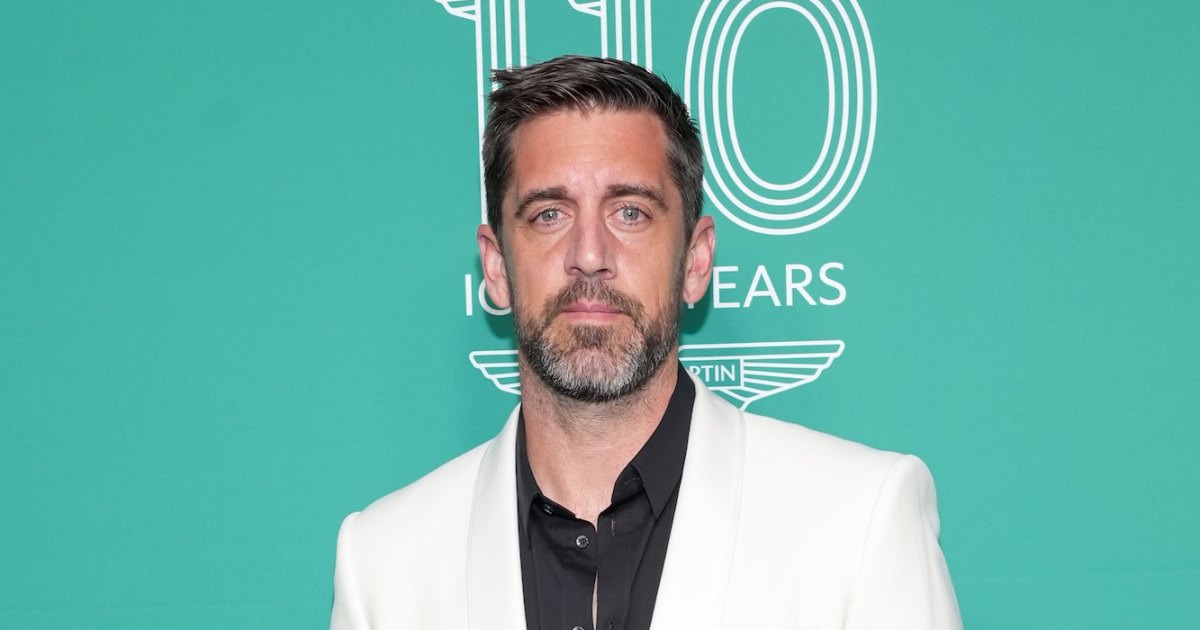Joey Tribbiani from Friends taught fans how actors cry on cue — but now Us is bringing in a professional to break down the different techniques.
“While there are tricks that some actors use such as menthol sticks or eye drops, I do not advise actors to rely on any type of external manipulation,” acting coach Howard Fine, who wrote the newly revised Fine on Acting: A Vision of the Craft, shared in the latest issue of Us Weekly.
Fine cited “two ways” to trigger tears while playing a role, adding, “There is a divide in the acting world about which one is most effective. There are some who espouse one or the other which I think is silly as both techniques work and usually actors end up using a combination of the two.”
The first technique utilizes emotional recall to help actors start crying on cue.
“We have a special memory for emotions and that every experience that we have been through emotionally is recorded and exists in our subconscious. Emotional memories are triggered in everyday life but at random,” Fine noted. “What we want for acting is the ability to call upon these memories on demand. In my classes, I have my students work with personal objects that are emotionally charged for them. Using the process of emotional recall, they start in the present day and then work back to all of the sensory details that put them squarely in the memory.”

Fine has taught his approach to students including Emma Roberts, Austin Butler, Will Smith, Kerry Washington, Dwayne “The Rock” Johnson, Michelle Williams, Chris Pine and Carla Gugino.
“When the actor uses this approach, they are not trying to feel the emotions, they are remembering as many specifics as they can and allowing an emotion to come. As part of my training, I have the actors build a journal of emotional recall experiences,” he continued. “This requires the artists to take a detailed inventory of their lives in order to use their pasts as source material for their work. It takes courage to truly examine ones life and be connected with it.”
The second technique requires the use of imagination. “We put ourselves in the position of the character and find a way of relating to them,” Fine explained. “Both techniques are equally effective.”
Fine continued: “Actors must be emotionally available and must be willing to examine every part of their lives. Things that civilians, non-actors, need never dredge up. It takes courage to be an actor and it is much harder than it looks.”

The most important thing is to not try to force it.
“Bad acting occurs when an actor pushes for emotion. We spend the majority of our lives trying to cover our emotions. If a director tells an actor to cry on a particular line, automatically they can’t do it,” Fine pointed out. “The actor has to give themselves room in a section of a script to contact a source and then allow for something to happen. The actor must never set the exact moment that they emote or the amount of emotion that they are working for. The minute the actor obligates themselves to producing a steady run of tears, they will immediately go into their heads and start measuring whether they have been successful.”
If you have a burning entertainment question for our team of experts, email us at [email protected]. For more, pick up the new issue of Us Weekly, on newsstands now.
With reporting by April Bernard



!['Star Wars: The Acolyte' Leaves Fans Heartbroken After [Spoiler]’s Death](https://www.usmagazine.com/wp-content/uploads/2024/07/promo-shocking-tv-deaths-the-acolyte.jpg?w=400&h=225&crop=1&quality=86&strip=all)


